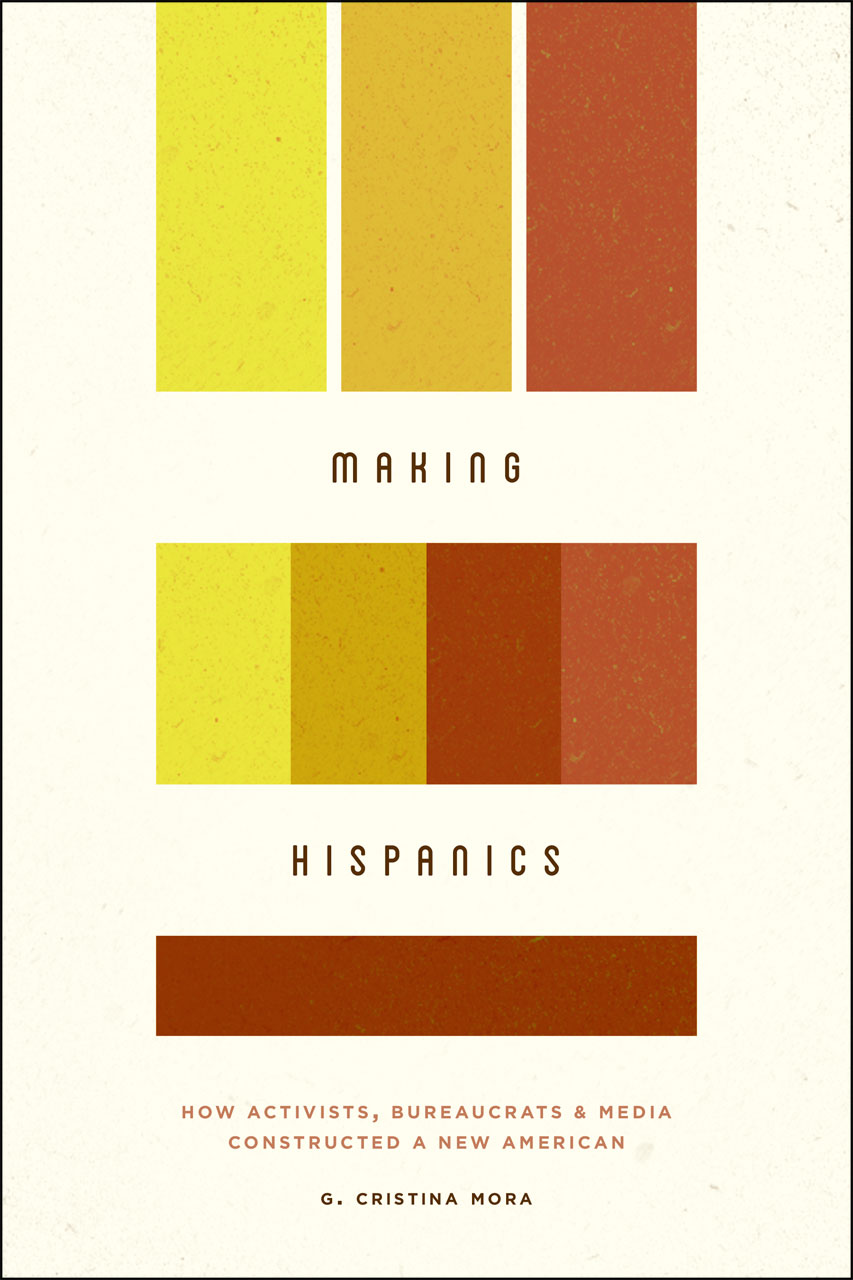Whiteness Without Complex?
Anthropology While White
2014-03-06
Sarah Abel, Marie Curie Fellow
EUROTAST
A couple of weeks ago I attended an event called ‘Color Without Complex‘, featuring a public conversation between image activist Michaela Angela Davis and ethnographer and publisher Dr. Yaba Blay. The discussion revolved around Blay’s recent book and accompanying exhibition, (1)ne Drop, which looks at the faces and stories of individuals who identify as black, but do not necessarily fit with common prototypes of blackness in the US. By focusing on light-skinned individuals existing at the very outer periphery of blackness, the project tests the perceptual limitations and the social implications of the one drop rule in today’s post-segregation America – a country in which contemporary notions and benchmarks of ‘race’ are still rooted in cultural and legal traditions established under slavery, colonialism and Jim Crow segregation.
The theme up for debate was colourism, a hot internet topic over the past nine months in particular, and the object of a number of recent documentaries, chat shows and news articles in the US. While social prejudice against people ‘of colour’ – as well as the pathological tendency of the Western media to showcase whiteness not only as the norm, but also as virtually the sole domain of beauty – are perhaps two of the most visible social legacies of colonialism throughout the Atlantic world and beyond, these recent debates are bringing to light skin colour prejudices within the black community. Whereas, historically, light coloured skin was prized and aspired to throughout the Americas as a path to social ascension and a means of escaping the stigma of blackness, in recent decades pan-Africanism and a multitude of black pride initiatives have caused a shift towards celebrating and embracing blackness as embodied by a dark-skinned, African ideal. Meanwhile, in some cases light-skinned blacks have become the target of double-edged prejudice: stigmatised by whites for being black, and ostracised by blacks for apparently aspiring to be white…
…And yet, I think it is worth mentioning that there was also a significant minority of white women among the audience who turned up to listen to the debate. Looking around the room, I wondered what had brought them there, like me, to listen from the sidelines into a conversation to which we were not party. In the Q&A session at the end, the (white) woman sat in front of me, holding hands tightly with her (black) husband, asked a question about healing through empathy [at 00:45:43]. Some minutes later, a young (white) woman a few rows further down asked the following question [at 01:05:05]:
“How would you defend, or maybe not necessarily defend, but how would you address a woman who is of colour, but appears to look as white as I do? How would you talk to her or address to her what her place is in relation to colourism, for example? How does colourism apply to her, because she looks white but she is a person of colour, and identifies with that?”…
Read the entire article here.
